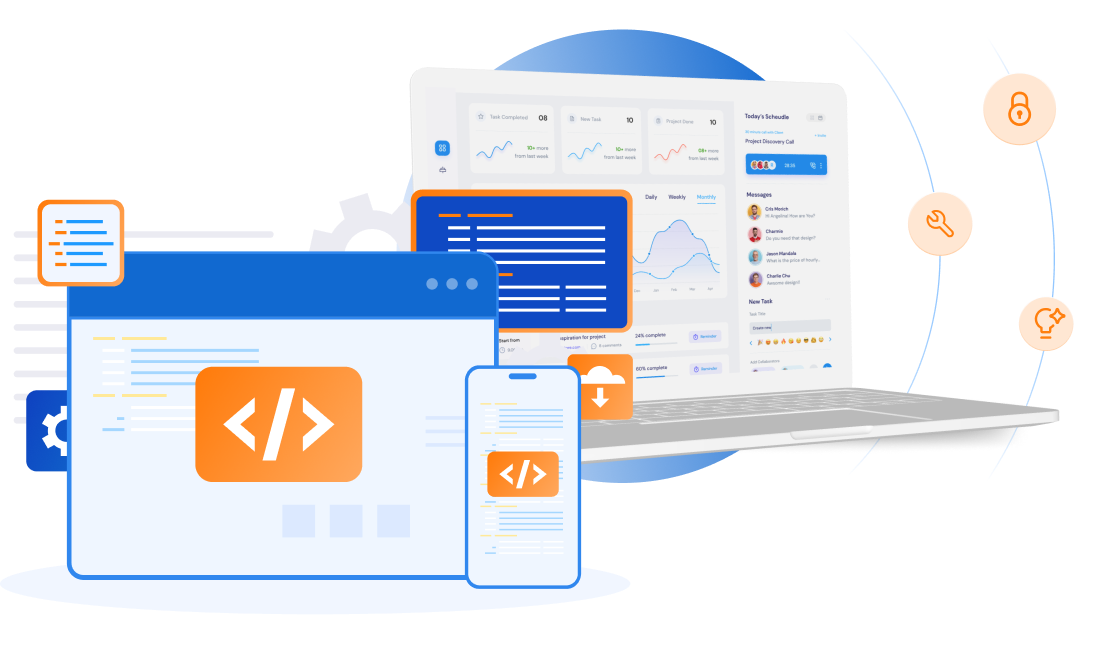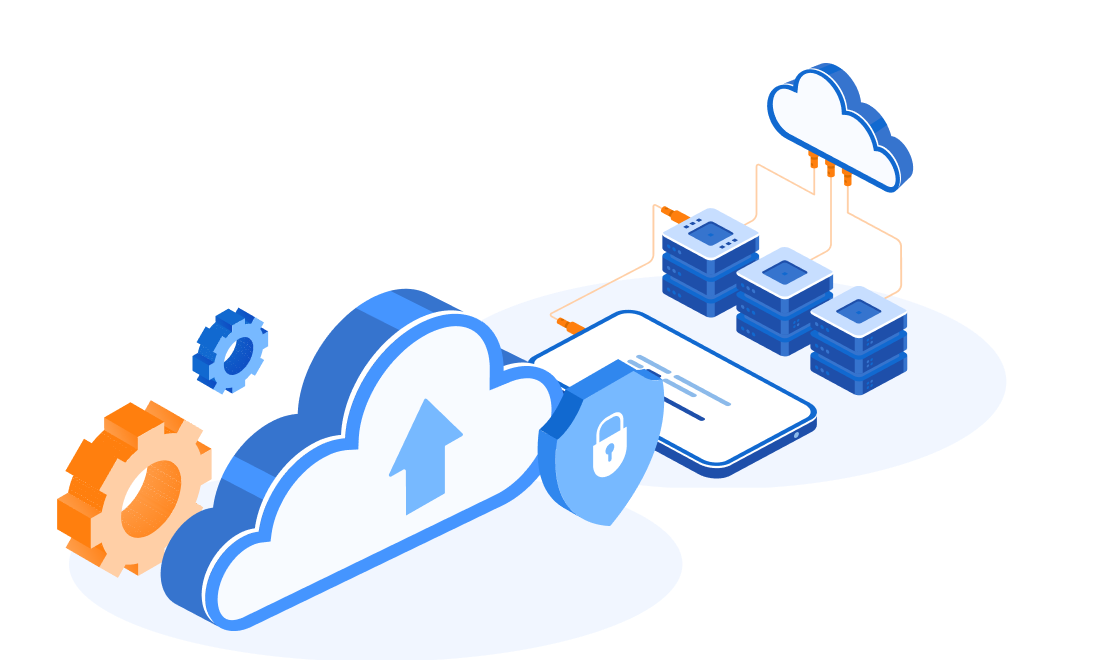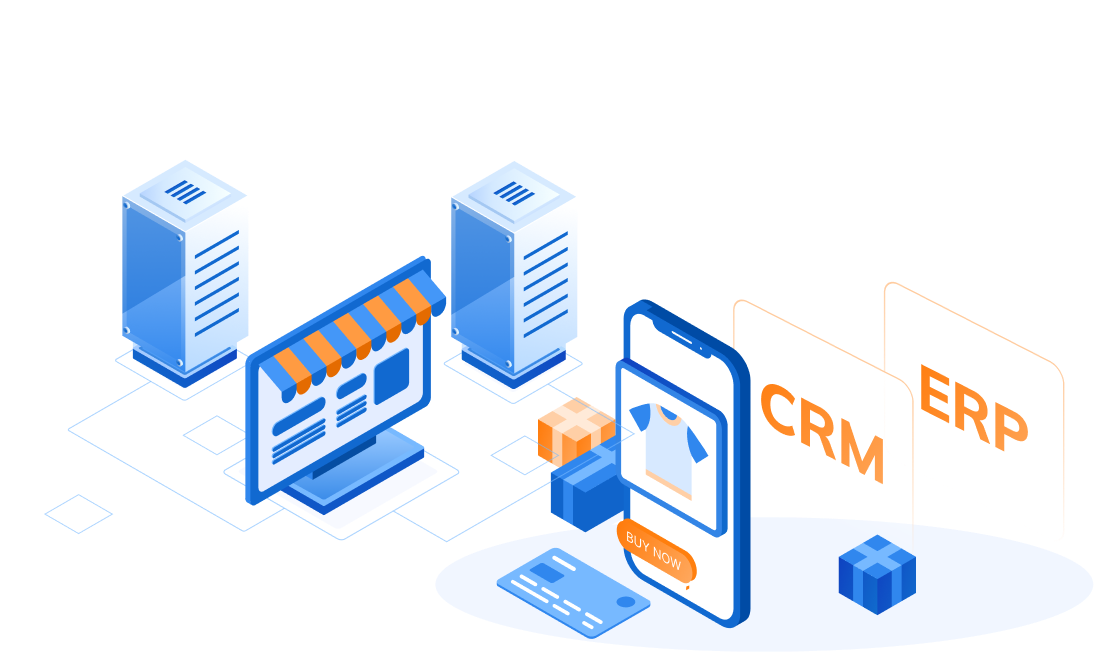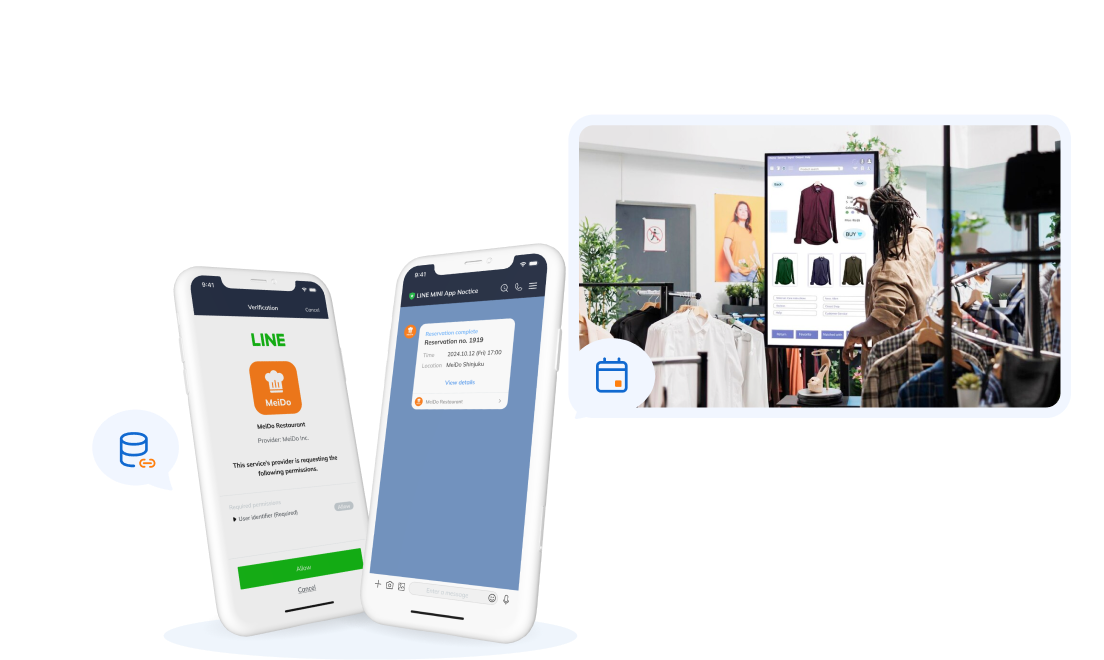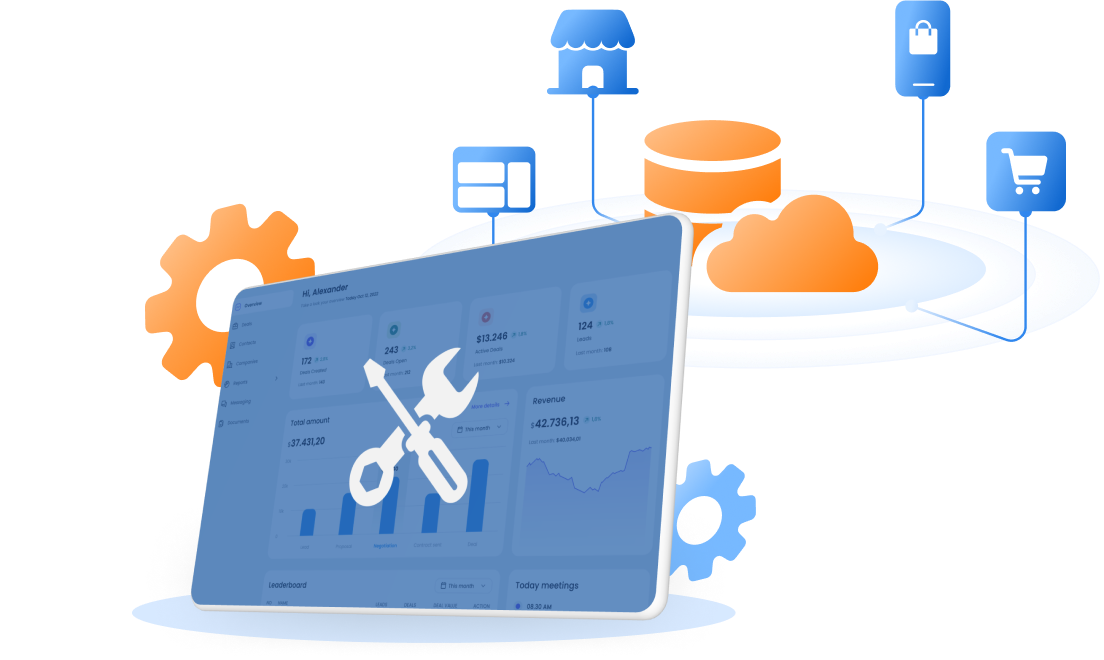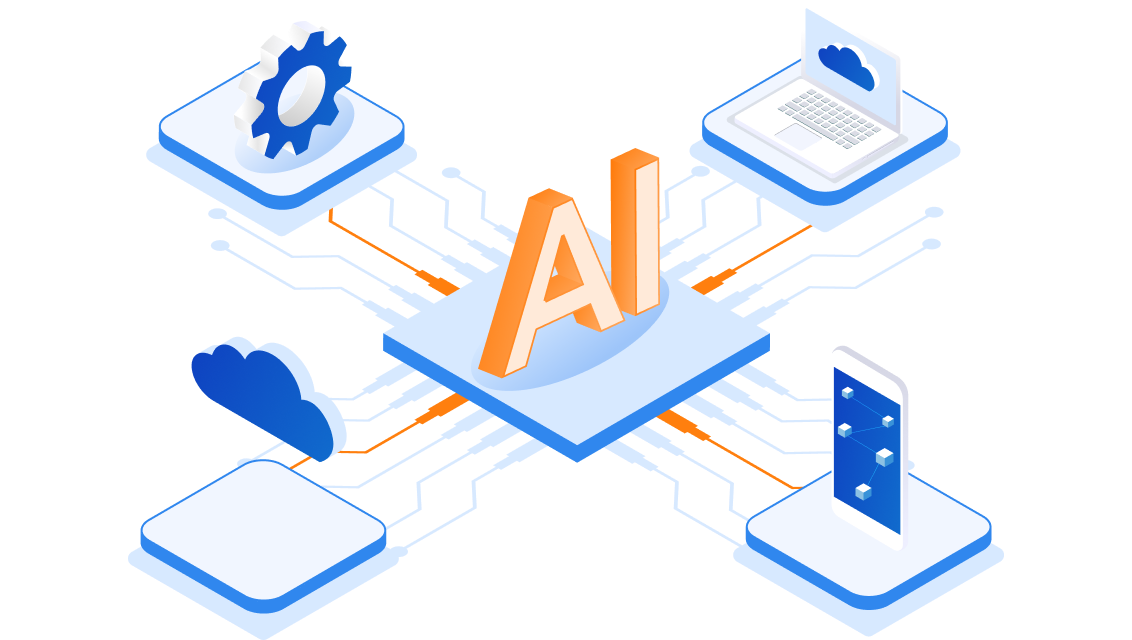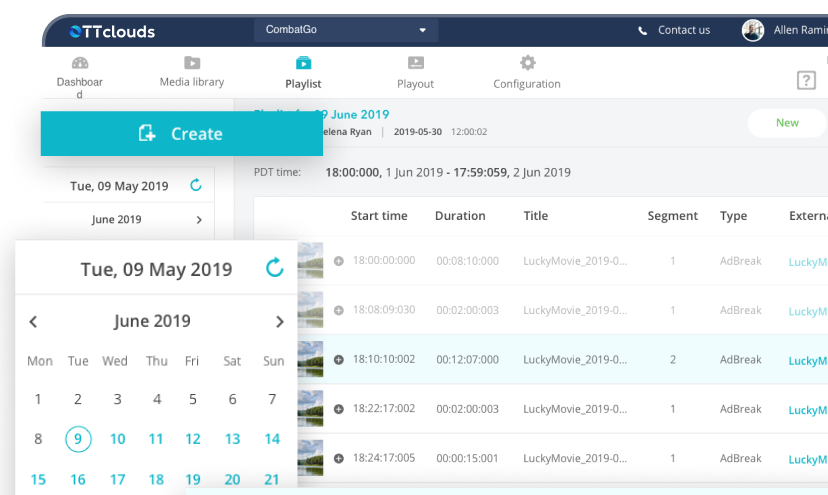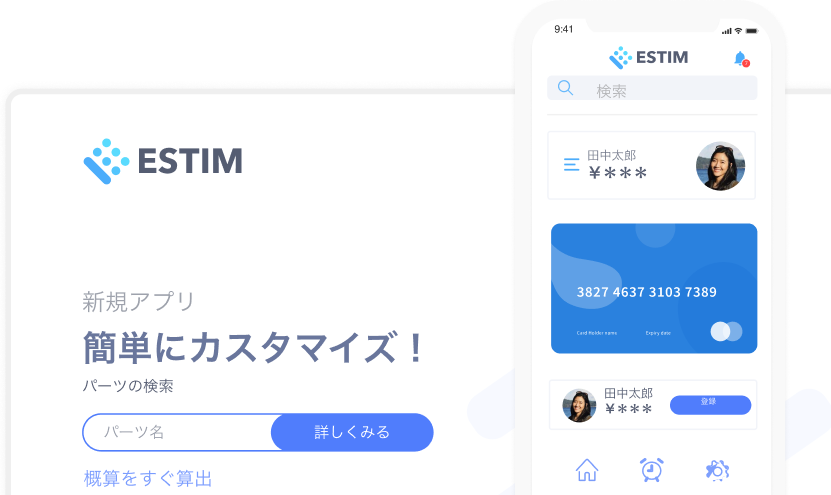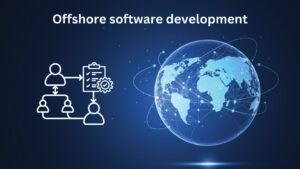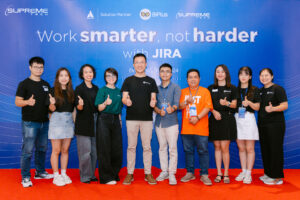Software Development KPI to enhance Productivity and Quality
28/07/2023
1.87k
In today’s fast-paced business landscape, outsourcing software development has become a common practice for many companies. However, to ensure efficient outsourcing and successful project outcomes, business owners must be equipped with the knowledge of key metrics to measure productivity and quality. By understanding and tracking these metrics, B2B business owners, product owners, IT specialists, and corporate leaders can make informed decisions and drive better results. In this article, we will explore the essential software development KPI that should be considered when it comes to productivity and quality control.
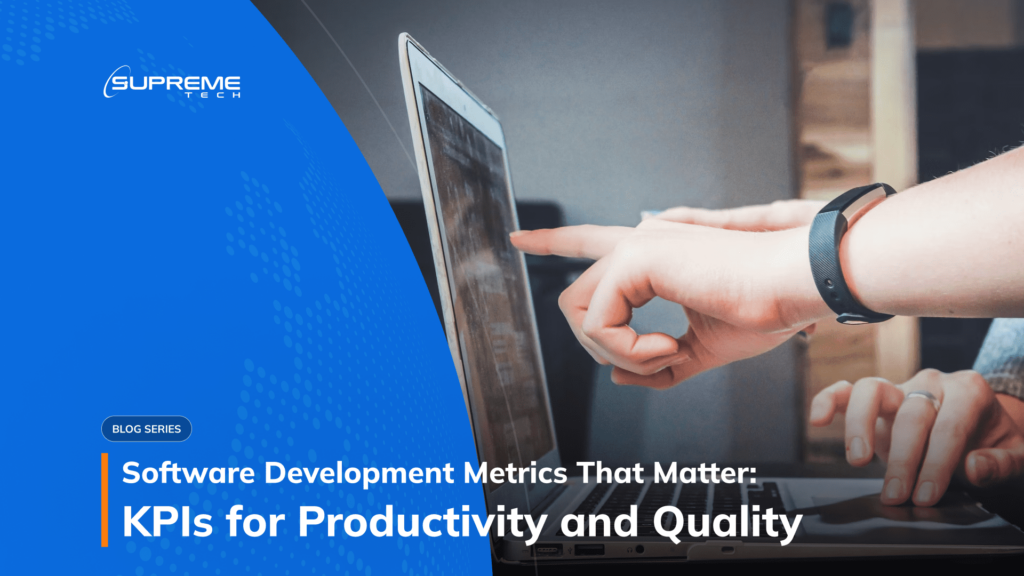
Software Development KPI for Productivity
Measuring productivity in software development is crucial to optimize workflows and resource allocation. Let’s explore the metrics that are vital for this purpose.
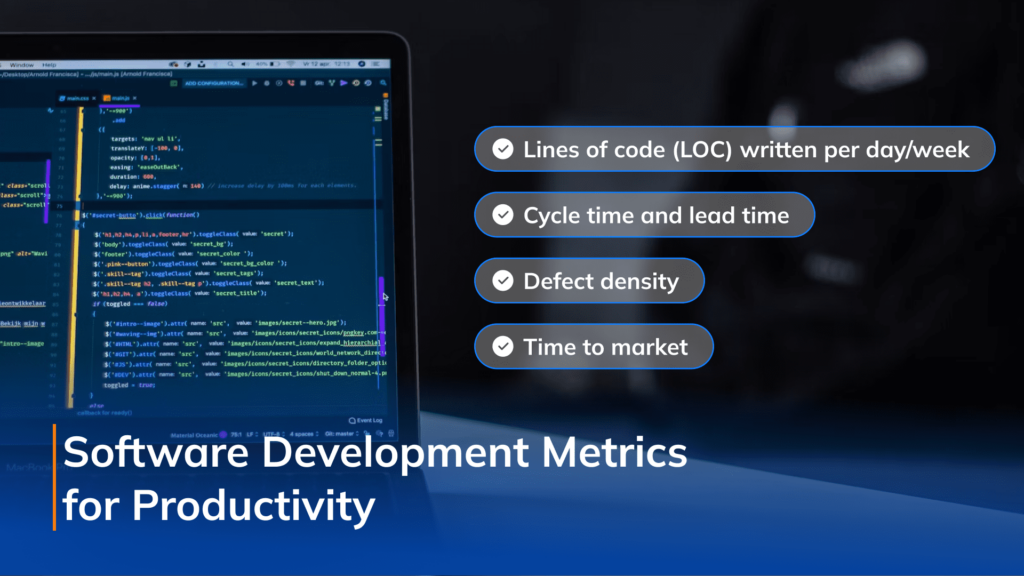
Lines of code (LOC) written per day/week
One productivity metric widely used in software development is the number of lines of code (LOC) written per day or week. While it’s important to note that lines of code alone do not indicate the quality of the software, tracking the number of lines written can provide a rough estimate of the team’s productivity. For example, a development team consistently producing a high volume of lines of code while maintaining low defect rates suggests they are working efficiently.
Cycle time and lead time
Cycle time and lead time are essential metrics for measuring the speed and efficiency of software development. Cycle time refers to the time it takes for a task or user story to be completed, while lead time measures the overall time from the start of development to the delivery of the final product. By monitoring these metrics, businesses can identify bottlenecks and streamline their development process to optimize productivity.
Defect density
Defect density is another critical productivity metric. It represents the number of defects per line of code and helps assess the quality of the software being developed. A low defect density indicates higher code quality, resulting in fewer bugs and a smoother user experience.
Time to market
Time to market is a key metric that determines how quickly a product can be launched. The ability to bring new software features or products to market rapidly can provide a competitive advantage. By tracking time to market, businesses can identify areas where the development process can be accelerated, leading to increased productivity and faster delivery.
Software Development KPI for Quality
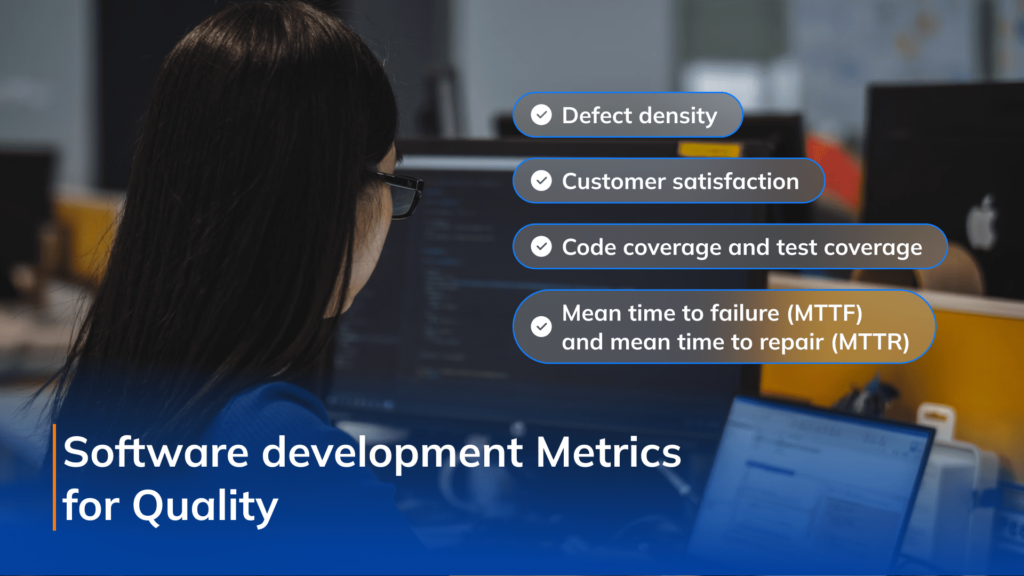
In addition to productivity, quality is paramount in software development. Poor software quality can lead to customer dissatisfaction, increased maintenance costs, and even reputational damage. Let’s explore the essential metrics for measuring quality in software development.
Defect density
Defect density, as mentioned earlier as a productivity metric, is also a crucial quality metric. By monitoring the number of defects found in the software, businesses can identify areas that require improvement, allocate resources accordingly, and ensure a higher level of customer satisfaction.
Customer satisfaction
Customer satisfaction is an essential quality metric that directly reflects the software’s usability and functionality. It can be measured through surveys, feedback, and user experience testing. For example, by regularly collecting customer feedback and measuring satisfaction levels, businesses can identify areas where the software can be enhanced to meet users’ expectations.
Mean time to failure (MTTF) and mean time to repair (MTTR)
Mean time to failure (MTTF) and mean time to repair (MTTR) are reliability metrics that assess the software’s stability and the team’s ability to respond to and resolve issues. A high MTTF indicates a robust software system, while a low MTTR demonstrates efficient troubleshooting and quick resolution of problems. By tracking these metrics, businesses can continuously improve their software’s reliability and reduce downtime.
Code coverage and test coverage
Code coverage and test coverage are quality metrics that assess the comprehensiveness of testing efforts. Code coverage measures the percentage of code that is exercised by tests, while test coverage evaluates the number of requirements or use cases that have been tested. By aiming for high code and test coverage, businesses can ensure a higher level of software quality and reduce the risk of undetected bugs or issues.
Software Development KPI for Outsourcing
When outsourcing software development, monitoring the right KPIs is crucial to ensure the success of the project and maintain transparency with the external development team. Let’s explore the key KPIs that should be considered when outsourcing software development.
Cost per feature
Cost per feature is an essential KPI for measuring the financial efficiency of outsourced development. By calculating the cost incurred for each feature developed, businesses can evaluate the return on investment and make informed decisions regarding resource allocation and budget management.
Time to resolution
Time to resolution measures how quickly the outsourced team can address and resolve issues or change requests. This KPI helps assess the responsiveness and agility of the development team, enabling businesses to determine if the outsourcing partnership is meeting their expectations in terms of timely delivery.
Defect rejection rate
Defect rejection rate is a crucial KPI for measuring the quality of outsourced software development. It quantifies the number of defects found in the delivered software that were rejected by the business due to their severity or impact. A low defect rejection rate indicates a high level of quality control and adherence to project requirements.
SLA compliance
SLA (Service Level Agreement) compliance measures the outsourced team’s adherence to the agreed-upon service levels, such as response times, availability, and resolution times. By monitoring SLA compliance, businesses can ensure that the outsourcing partner meets the expected service standards and delivers according to the agreed-upon terms.
Conclusion
In conclusion, understanding and tracking software development metrics are essential for achieving productivity and quality in outsourced projects. By focusing on productivity metrics such as lines of code, cycle time, defect density, and time to market, businesses can optimize their development process and ensure efficient resource allocation. Similarly, quality metrics like defect density, customer satisfaction, MTTF, and code coverage enable businesses to deliver high-quality software that meets users’ expectations.
When outsourcing software development, monitoring KPIs such as cost per feature, time to resolution, defect rejection rate, and SLA compliance is crucial for managing the partnership effectively. By keeping a close eye on these KPIs, businesses can maintain transparency, ensure the success of the project, and maximize the return on investment.
As B2B business owners, product owners, IT specialists, and corporate leaders, it is imperative to implement and track these metrics and KPIs in software development processes. By doing so, businesses can drive productivity, ensure quality control, and achieve successful outsourcing outcomes. Embrace these metrics and KPIs, and unlock the potential for growth and success in the ever-evolving software development landscape.
Dig deeper into SupremeTech’s offshore development services
SupremeTech delivers multiple service lines to flexibly serve client’s individual needs. Explore our service lines and our expertise to find your best fit!
Book a free consultation with us now!


